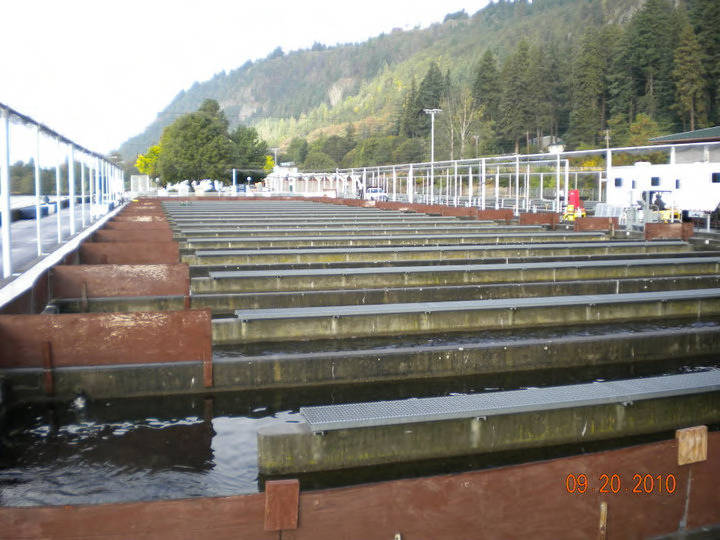
Hatchery salmon have cushy lives compared with their wild brethren. They get their food delivered, but more importantly, they don’t have to successfully spawn, and the conditions for their egg and juvenile stages are optimized.
Wild salmon, meanwhile, have to deal with various stresses and selection pressures that weed out the weak and encourage traits that are well-adapted to the local conditions of their river. Weak or poorly-adapted wild salmon die before they can pass on their genes.
Relatively few hatchery fish successfully spawn in the wild, but those that stray from their hatchery location and make their way up a wild salmon stream may do more harm than good. If they mate with wild salmon, they may introduce weaker genetics to the wild gene pool that harms the long-term genetic fitness of the population, impacting its ability to survive and reproduce. This is called “introgression.” Fisheries managers are coming around to the idea that hatcheries, while providing fish to commercial and sport fishermen, can also harm, rather than supplement, the wild stock.
One of the leading researchers on this topic is Hitoshi Araki, a professor at the Animal Ecology Lab of the Research Faculty of Agriculture at Hokkaido University in Japan. He previously studied how hatchery steelhead interact with wild salmon in Oregon’s Hood River and has written several papers on how the breeding of hatchery salmon with wild salmon lowers the genetic fitness of the wild salmon.
LINK (via: SeafoodSource)





